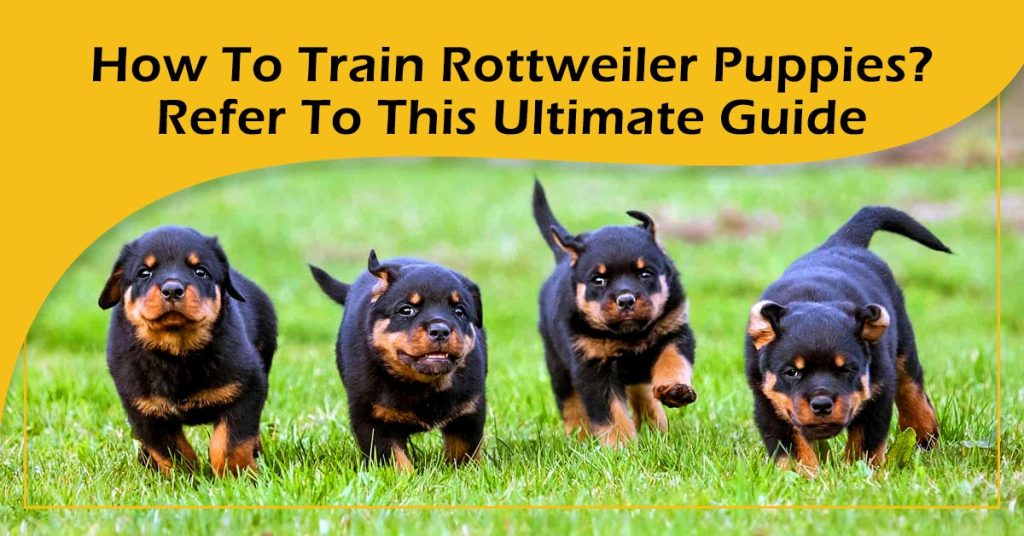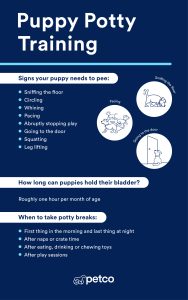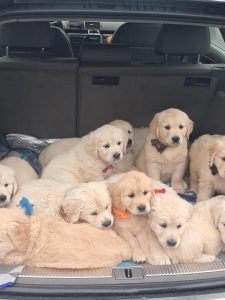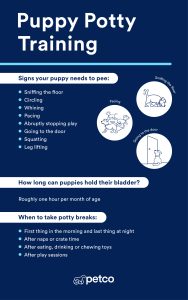If you have a Rottweiler puppy, you know how full of energy and curiosity they can be. Training your puppy the right way from the start will save you a lot of headaches later.
You want a well-behaved, happy dog that listens and respects you. You’ll discover simple and effective dog training tips tailored just for your Rottweiler puppy. These tips will help you build a strong bond and raise a confident, obedient companion.
Keep reading to learn how to turn your playful pup into the loyal friend you’ve always wanted.

Credit: www.bestmatedogtraining.co.nz
Choosing The Right Training Approach
Training a Rottweiler puppy takes effort and the right methods. Picking the best approach helps your puppy learn faster.
Each puppy is unique. You need to find ways that suit your puppy’s personality and needs.
Positive Reinforcement Methods
Reward good behavior to encourage your puppy. Positive reinforcement builds trust and makes training fun.
- Use treats your puppy likes
- Praise your puppy with kind words
- Give toys as rewards
- Keep training sessions short and happy
- Ignore bad behavior instead of punishing
Consistency And Patience
Training takes time. Be patient and keep rules clear. Consistency helps your puppy know what you expect.
| Tip | Why It Helps |
| Use the same commands | Prevents confusion |
| Train at the same time daily | Builds routine |
| Reward every good action | Reinforces behavior |
| Stay calm and gentle | Reduces fear |
Setting Realistic Expectations
Rottweiler puppies learn at their own pace. Set goals that fit your puppy’s age and stage.
- Start with simple commands like “sit” and “stay”
- Gradually add more difficult tasks
- Allow breaks to avoid stress
- Celebrate small successes daily
- Adjust your plan if needed
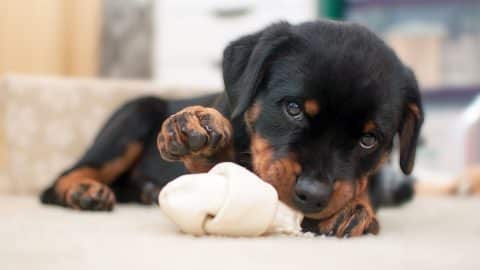
Credit: www.rover.com
Early Socialization Strategies
Socializing your Rottweiler puppy early helps them grow into a confident dog. It teaches them how to behave around people and other animals.
Good socialization reduces fear and anxiety. It also makes training easier and strengthens your bond with your puppy.
Introducing New People And Pets
Start by letting your puppy meet calm and friendly people. Keep meetings short and positive. Use treats to reward good behavior.
Introduce other pets slowly. Watch their body language to avoid stress. Let your puppy explore at their own pace.
- Choose quiet places for first meetings
- Keep your puppy on a leash
- Use calm voices and slow movements
- Give treats for calm behavior
- End meetings if your puppy seems scared
Exposure To Different Environments
Take your puppy to many places like parks, streets, and pet stores. This helps them get used to new sights and sounds.
Keep each trip short and fun. Let your puppy explore new surfaces like grass, concrete, and carpet.
- Visit different places daily
- Let your puppy sniff and explore safely
- Bring favorite toys or treats
- Avoid crowded or noisy areas at first
- Watch for signs of stress or tiredness
Handling Fear And Anxiety
Some puppies feel scared in new situations. Stay calm and patient. Give comfort without encouraging fear.
Use gentle praise and treats to build your puppy’s confidence. Avoid forcing them into scary places.
- Recognize signs of fear like trembling or hiding
- Give your puppy space when needed
- Use treats to create positive experiences
- Practice short and easy social sessions
- Seek advice from a trainer if fear grows
Basic Obedience Commands
Training your Rottweiler puppy in basic commands helps build good behavior. It makes daily life easier and safer for both of you.
Start training early and keep sessions short. Use clear words and reward your puppy for good actions.
Sit
Teaching your Rottweiler to sit is a good first command. It helps control your puppy in many situations.
Hold a treat close to your puppy’s nose. Move the treat up so the puppy’s head follows it and the bottom lowers. Say “Sit” and give the treat when sitting.
Stay
The “Stay” command teaches your puppy to remain in one place. It helps keep your dog safe and calm.
Ask your puppy to sit. Show your palm and say “Stay.” Step back slowly. If the puppy stays, give a treat and praise. Increase the distance over time.
Come
“Come” calls your puppy to you. It is important for safety and fun outside.
Use a happy voice and say “Come” while gently pulling the leash. Reward your puppy with treats and praise when it comes to you.
Leash Training Essentials
Leash training helps your Rottweiler walk beside you without pulling. Start indoors before going outside.
Use a comfortable collar and a short leash. Let your puppy get used to the leash by walking slowly. Stop walking if your puppy pulls, then continue when calm.
- Choose a well-fitting collar
- Begin leash training in a quiet area
- Reward calm walking with treats
- Stop and wait if pulling happens
Housebreaking Tips
Housebreaking your Rottweiler puppy teaches where to go potty. Consistency and patience are key.
Take your puppy outside often, especially after meals and naps. Praise your puppy immediately after it goes outside. Clean accidents inside with an odor remover to avoid repeats.
- Set a regular schedule for potty breaks
- Use the same outdoor spot each time
- Reward your puppy after successful potty trips
- Watch for signs your puppy needs to go

Credit: www.bestmatedogtraining.co.nz
Addressing Common Behavior Issues
Rottweiler puppies can show strong behaviors that need guidance. Early training helps shape good habits. This guide covers common issues and how to manage them.
Focus on clear rules and gentle corrections. Consistency will help your puppy learn what is expected. Let’s look at some common behavior problems.
Biting And Chewing Control
Puppies explore the world with their mouths. Biting and chewing are normal but need limits. Teach your puppy what is okay to chew and what is not.
- Offer plenty of chew toys to satisfy the urge.
- Redirect biting from hands to toys gently but firmly.
- Use a firm “no” when biting starts and stop playtime.
- Reward your puppy when it chews on the right things.
Managing Excessive Barking
Barking can alert you but too much barking is a problem. It may happen from boredom, fear, or attention seeking. Teach your puppy to bark less and be calm.
| Cause | How to Manage |
|---|---|
| Boredom | Give toys and exercise to keep busy |
| Fear | Use calm voice and comfort to reduce stress |
| Attention Seeking | Ignore barking and reward quiet behavior |
Preventing Jumping And Aggression
Jumping shows excitement but can be scary or annoying. Aggression must be controlled early for safety. Teach your puppy polite greetings and calm behavior.
- Turn away or step back when your puppy jumps.
- Reward your puppy for sitting calmly to greet people.
- Use a firm voice to stop aggressive growling or biting.
- Provide regular socialization with other dogs and people.
Mental And Physical Stimulation
Rottweiler puppies need mental and physical exercise to stay healthy. These activities help build strong muscles and sharp minds. Without enough stimulation, puppies may become bored or restless.
Providing the right kind of challenges keeps your puppy happy. It also helps in learning good behavior early on. Here are some tips on how to give your puppy the right stimulation.
Interactive Toys And Games
Interactive toys are great for your Rottweiler puppy’s brain. Toys that hide treats or require problem-solving keep them busy. Playing games like fetch or tug also builds a bond between you and your puppy.
- Use puzzle feeders to slow down eating
- Play hide and seek with toys or treats
- Introduce toys that squeak or move
- Rotate toys to keep interest high
Exercise Routines For Puppies
Rottweiler puppies need regular exercise to grow strong. Short walks and play sessions are ideal. Avoid too much running to protect their developing joints.
| Activity | Duration | Frequency |
|---|---|---|
| Short walks | 10-15 minutes | 2-3 times daily |
| Play sessions | 15-20 minutes | 2 times daily |
| Basic obedience training | 5-10 minutes | 2-3 times daily |
Training Sessions Duration
Keep training sessions short and fun for your puppy. Long sessions can cause frustration or tiredness. Puppies learn best in small, frequent bursts.
- Limit sessions to 5-10 minutes each
- Repeat sessions 2-3 times per day
- End on a positive note with praise or treats
- Watch for signs of tiredness and stop
Health And Nutrition For Training Success
Training Rottweiler puppies works best when they are healthy. Good health helps puppies learn faster and behave better.
Nutrition plays a big role in their energy and focus during training sessions. Feeding them well supports strong growth and sharp minds.
Balanced Diet Tips
A balanced diet gives your Rottweiler puppy the nutrients needed for training. Protein builds muscles and supports brain function.
Include good fats for energy and healthy skin. Carbohydrates provide fuel for long training sessions. Fresh water is also important.
- Feed high-quality puppy food with protein and fat
- Add vegetables for vitamins and minerals
- Provide fresh water throughout the day
- Avoid too many treats to keep weight healthy
Regular Vet Checkups
Regular vet visits keep your puppy healthy and ready to learn. The vet checks for illnesses and growth problems.
Vaccines and parasite prevention protect puppies from diseases. A healthy puppy feels better and trains more easily.
- Schedule vet visits every few months during puppyhood
- Keep vaccinations up to date
- Check for parasites like fleas and worms
- Discuss diet and training progress with the vet
Impact Of Health On Behavior
Health problems can cause bad behavior in puppies. Pain or discomfort makes them less willing to train.
Good health leads to better focus and calmness. Puppies with strong bodies learn commands faster and listen well.
- Sick puppies may act aggressive or fearful
- Healthy puppies have more energy for training
- Proper nutrition supports a happy, balanced mood
- Watch for changes in behavior as health signs
Frequently Asked Questions
How Early Should I Start Training My Rottweiler Puppy?
Start training your Rottweiler puppy as soon as you bring them home. Early training builds good habits and social skills. Puppies are most receptive between 8 to 16 weeks old, making this the best time for basic commands and socialization.
What Are The Best Training Methods For Rottweiler Puppies?
Positive reinforcement is the most effective method for training Rottweiler puppies. Use treats, praise, and play to reward good behavior. Avoid harsh punishments, as they can cause fear or aggression in this breed.
How Long Should Rottweiler Puppy Training Sessions Be?
Keep training sessions short, around 10 to 15 minutes, to match your puppy’s attention span. Frequent, consistent sessions work better than long, infrequent ones. This approach helps maintain your puppy’s focus and enthusiasm.
When Can I Start Socializing My Rottweiler Puppy?
Begin socializing your Rottweiler puppy between 8 to 12 weeks old. Expose them to different people, animals, and environments safely. Early socialization prevents behavioral problems and builds a confident, well-adjusted dog.
Conclusion
Training Rottweiler puppies requires patience and consistency. They are smart and eager to learn. Use positive reinforcement to encourage good behavior. Keep sessions short and engaging to maintain interest. Socialization is crucial for a well-adjusted dog. Introduce them to different people, places, and sounds early.
Always remain calm and assertive as a leader. This builds trust and respect. Remember, each puppy is unique. Adjust methods as needed to suit their personality. With dedication, your Rottweiler will grow into a loyal companion. Enjoy the journey of training your puppy and watching them thrive.

Emily Barker is the founder of ChillDogLife.com, a space dedicated to helping pup parents discover the best dog products, lifestyle tips, and cozy ideas for happier homes.
A lifelong dog lover, Emily combines her passion for pets with a knack for research to share trusted recommendations on everything from toys and furniture to health and everyday care.
Her goal is simple: to make life easier, stylish, and more joyful for dogs and the people who love them.
